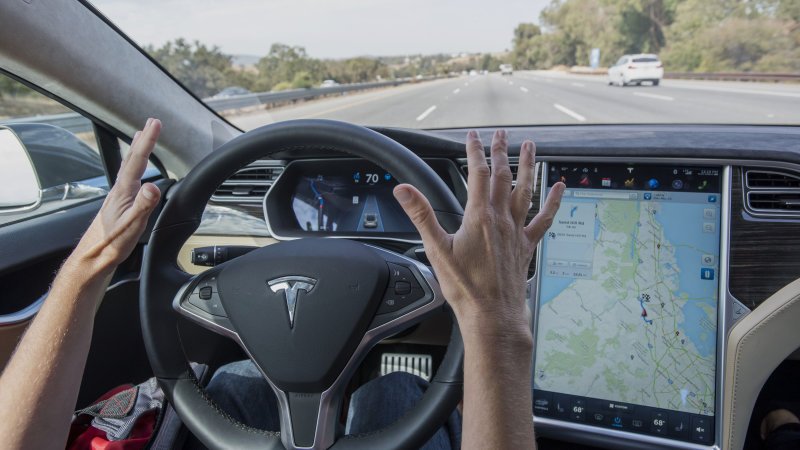The Importance Of Black Boxes In An Autonomous Automotive Future

But in the not-too-distant future, that clear-cut cause will evaporate as more vehicles take over more driving tasks, creating more and more data as they do. And that data gets recorded in a black box.
As of September 1, 2014, all newly manufactured passenger vehicles are required to have a black box on board, though the majority of cars had the technology on board well before the deadline. It's officially known as an event data recorder (EDR), and it records on a loop metrics such as speed, brake application, air bag deployment and seat belt use from the car's sensors. According to Consumer Reports, an EDR grabs about 5 seconds of data before the crash and just 1 second after.
As sensors proliferate on vehicles, they are gathering more information. Szabolcs Szakacsits, founder and CTO of Tuxera, said the software his company provides for black boxes in autonomous cars records data from 16 sensors simultaneously, adding information on things like tire pressure, camera images, radar data and driver profiles. So in the case of a crash, the black box will know where you put your seat and what radio stations you like.
"There's a convergence going on," Szakacsits said in an email interview. "As vehicles are becoming more autonomous, more and more sensors are integrated inside the car, which requires the black box to record, store, and read the data, like distance to the next vehicle, road marks, traffic signs, lights, people, and other objects surrounding the car."
Tuxera uses a Flash file system integrated with the EDR to make sure the data recorded is consistent, even if the power gets cut during the crash. "That is why the software components used in automotive applications need to be more robust," Szakacsits said. "It is critical that the data is well kept and fail safe. You can't afford to have frame drops from the dashboard camera, for example, because that is critical information in case of accidents."
In the future, responsibility for crashes will likely be clear-cut once again, when autonomous cars can drive themselves completely. The human passengers likely won't be paying attention to the road at all, and the cars themselves are predicted to crash less often — at least, that's the dream. But just in case the future isn't so shiny, Tuxera is developing the black box software that will be available for self-driving consumer cars by 2020.
Related News
